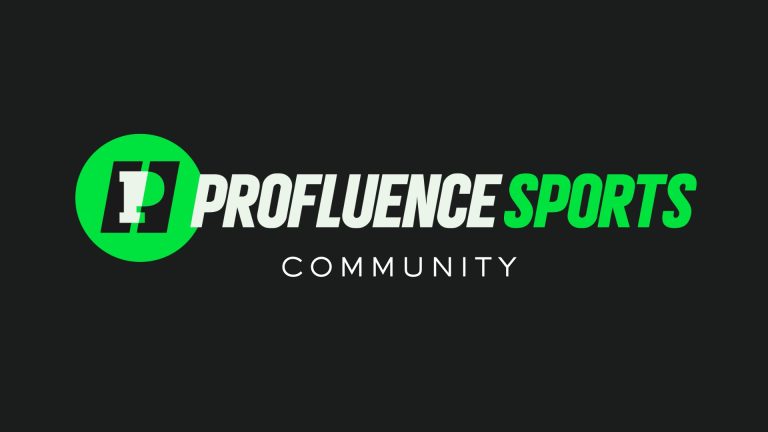The title was a little dramatic but hear me out…
NIL is currently at an inflection — with a lot of dynamics at play.
And for it to continue on its upward trajectory, brands are required to be more involved (and also the help of 3rd parties).
Let’s Dive In 👇
NIL State of Play
*most of what I talk about today relates to revenue-generating college sports
Collectives Are Consolidating (sort of)
Just last week we had a massive merger of NIL collectives at The University of Florida.
The Gator Guard and Gator Collective merged with a third entity, Florida Victorious.

But on the west coast, things are getting whacky…
The 4th NIL collective popped up at USC and it intends to function as a full-fledged agency for USC athletes:
- help find and facilitate endorsement deals
- assistance with content creation
- mentorship opportunities and internships
- financial literacy training and legal counsel
Schools, fans, brands, the NCAA, and basically everyone understands that having multiple collectives at a school won’t work in the long term.
This leads me to my next point…
In-House NIL Departments
Last week, the University of Georgia announced it has created its own in-house NIL department and expanded its partnership with Altius Sports Partners.
A noticeable trend…
SEC schools are striving to keep everything in-house (Alabama is the prime example).

Collectives are consolidating and more of the operations are trying to be brought in-house.
But why?
A lot of this stems from the fact that…
Donor Money is Drying Up
Honestly, this should come as no surprise…
- Did we really think fans were going to continue paying $50/month through inflation to support paying recruits?
- Did we really think it was sustainable for wealthy donors to provide millions of dollars every year to pay players?
You have to spend “booster” money wisely…
The same donor(s) isn’t going to write a $500,000 check every year.

Especially when many of these collectives:
- burned through that money
- and still had losing seasons
On top of that…
Certain individuals who had the ambition to become quasi-pro-team owners at the college level are starting to get weeded out (either financially or legally).
Many Companies Bet Wrong
A lot of people thought brands were going to enter the space at the individual athlete level.
Hence, why 30+ NIL marketplaces were in place shortly after July 2021.
But that model isn’t sustainable…
Why?
The top 1% of athletes signing the big deals are doing it individually alongside their agents.

The market potential isn’t big enough to support transaction fees on just athletes in non-revenue generating sports.
To win in this space you have to take a B2B approach — sell to the universities, leagues, and brands at scale — not the individual athletes.
What Will Happen Next
To understand where the space is going, I’m going to start with a visual.
Here is a chart of the top college sponsors:

For paying players to be sustainable, you need brands like this to enter that side of the equation.
Right now the big brands are sponsoring 3 major things in college athletics:
- stadiums and arenas
- individual players and coaches
- commercials with TV/streaming rights
But none of this “brand money” is currently helping to pay college athletes as a whole.

There is only one way to make that a reality:
Create in-house or 3rd party NIL media departments (and monetize the content with brand sponsors to pay the players).
Related: Barstool Sports for College Athletics
Going Forward
Everything is shrinking back to reality.
The main things taking place in NIL:
- Schools are merging alongside one collective.
- In-House NIL departments are being built to replicate the pro model.
- Donor money has shown it isn’t sustainable year-over-year for paying players.
- Group licensing is catching up — it took a while because of challenges in the fact there are so many college athletes and the turnover is every 4-5 years.
- Brands are needed to maintain paying/retaining players, therefore, forcing schools to get creative.
- Media is a great way to merge the worlds of brands, paying athletes, and engaging fans.
- Data will be crucial to decision-making along many verticals of the value chain.
I didn’t even touch on legislation or the NCAA, but those have major implications as well.
NIL is at a major inflection point right now.









